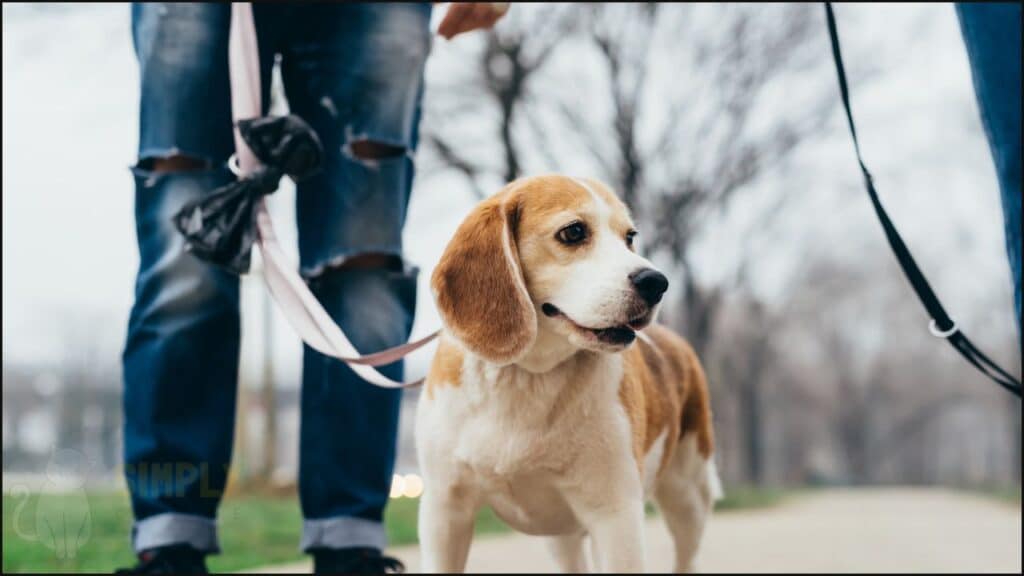Got a dog, but looking at getting a cat?
It’s enough to make any pet owner nervous.
What if they fight? What if they bite?
Nobody wants a full scale pet war.
In this article we’ll be going over the 5 tips to introducing a cat and dog. You’ll have no trouble making friends of potential enemies.
So where do you start?
5 Steps to Introducing A Cat And Dog
1. Check Your Cats History With Dogs
Introducing two pets willy nilly is a recipe for failure.
Cats are carnivores, targeting small prey like mice. They are vulnerable to predation from larger animals like dogs.
Many cats not socialized with dogs will default to ‘flight’ mode when introduced. Take a look at the history, which gives you clues as to how well the intro will go.
Ask the following:
Has your cat socialized with dogs before adulthood?
A socialized cat is more likely to react well to dogs
Is your cat an unneutered female?
Neutered females are more passive and fearful in general.
Is it a cat first house?
Cats feel more secure in their own established territory.
If you answered no to those questions then be more cautious with intros.
If you have a special case, reconsider if it is worth it (e.g. traumatized animal, very old cat).
Check breeds as well. Different breeds of cats and dogs are better suited to getting along.
If you decide to go ahead, let’s do prep work…

2. Set Up a Sanctuary
Make sure both dog and cat have their own sanctuaries set up. Thou shalt not allow intermingling.
In other words:
Have a clear boundary.
In some cases that’s easy. Many cats are indoor and dogs outdoor.
Sometimes, both are indoors. So get creative with ways to block each other off.
Your goal here is to introduce each pets scent to each other. Use a cloth to get scent and transfer to each others space.
Allow a week for this step.
At this point I’ve got to point out:
Can your dog follow basic commands? You know….sit, stay?
If not then you want to train your dog to follow commands. We’ll be using a leash for intros, but you want full control of your dog ahead of time.
Basic commands for your dog must work when it comes to supervised meetings with your cat.
So are we ready to meet? Not quite. We’ve still got a little more prep work in store…

3. Move Your Bowls Closer
The final piece of prep work you want to do is give your pets a subtle introduction.
Using a wall, move the feeding bowls of both pets closer together.
This will usually make your cat uncomfortable, as they a solitary eaters. However, it will help build a sense of familiarity.
Try it, and see how you go.
If that works, congratulations it’s time to meet!
Ok release the hounds! Uh wait no, you’ll want to do things slow…

4. Introduce Your Dog With a Leash
With intros, always start with your dog on a leash.
It goes without saying:
You do have full control of your dog?
Most dogs will be more outgoing and friendly. Purebreds dogs tend to be less fearful and open to engagement.
Be careful though…you want to make sure the dog doesn’t start nibbling at your cat. You don’t want things to get too friendly…
What about your cat?
You want to make sure your cat has access to hiding space and vertical elevation.
Cats use these items for their own sense of safety, retreated to a hole if nervous. Don’t force the issue and throw your cat in the deep end.
If they’re uncomfortable, let them go and give them time.
Consider using the Look at that Training (LAT) plan for your dog.
The basic idea of LAT training for your dog is teaching them to look at the cat and look at you. This helps the dog stay calm around your cat.
Try again another time with more preparation.

5. Allow Supervised Socializing
If everything went well with the intro, then you can move to extending periods of socializing.
The temptation is to declare everything a rousing success.
Not so fast.
You want to make sure you’re keep a close eye on things. Maintain each pets separation when you are not present.
In either dog or cat shows aggression, try to distract and redirect the pets towards their sanctuaries.
In some cases you won’t be able to find success. In that case you’ll have to keep pets separate and reconsider connecting the two.
Consider getting professional help from trainers to help your cat and dog get along.
At worst, you’ll have to keep your pets space separate and leave it at that. Not everyone is meant to get along.
…one more thing. Dogs and cats have different dietary needs.
As carnivores, cats benefit from lower carb diets. Check out this handy article to help out with finding the best low carb cat food for your cat.

Conclusion
Slow and steady wins the race when introducing a cat and dog. Always take your time and perform intros under supervision.
Keep in mind our easy tips for success. Start by separating space, introduce scents, and move bowls closer together.
Then allow greeting if your dog is controllable and you’ve set up hiding space for your cat. Reward your dog for being a good boy and move forward from there.
Good luck!
>> Christmas is around the corner. Have you ever wondered about the Grinch dog? Find out more here.
